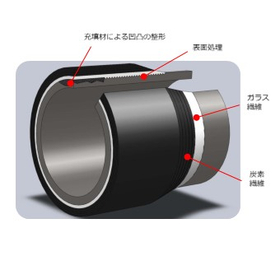Calculating the flow rate of fluid in the pipeline by measuring the pressure difference.
In recent years, despite the development of numerous flow meters, orifice flow meters are still widely used as various industrial flow meters. Their measurement method involves installing an orifice or nozzle in the pipeline and measuring the pressure difference that occurs before and after it to calculate the flow rate of the fluid within the pipeline.
Inquire About This Product
basic information
**Overview** The measurement principle is based on Bernoulli's energy equation and Reynolds' similarity principles, which are highly reliable and well-evaluated. Corrections for the physical properties of the measured fluid, such as pressure (P), temperature (T), specific weight (γ), viscosity (μ), and humidity (ψ), as well as geometric fluid similarity rules concerning pipe diameter (D), contraction ratio (β), and differential pressure tapping position, have been theoretically established for measurement corrections such as flow coefficient (C) and expansion coefficient (ε). This further enhances reliability, and for those frequently used, standards have been established in various countries (JIS, ASME, ISO, etc.).
Price information
-
Delivery Time
Applications/Examples of results
−
Company information
Tokyo Meter has a proven track record both domestically and internationally in educational and research internal combustion engine performance comprehensive testing equipment for universities, technical colleges, and industrial high schools, as well as testing equipment focused on fluid and thermal applications for general industries, and fluid measurement instruments.









![[Basic Knowledge Material] Sealant specialized for deck repair of floating roof tanks.](https://image.mono.ipros.com/public/product/image/cb2/2000620968/IPROS52605113925775414442.png?w=280&h=280)
